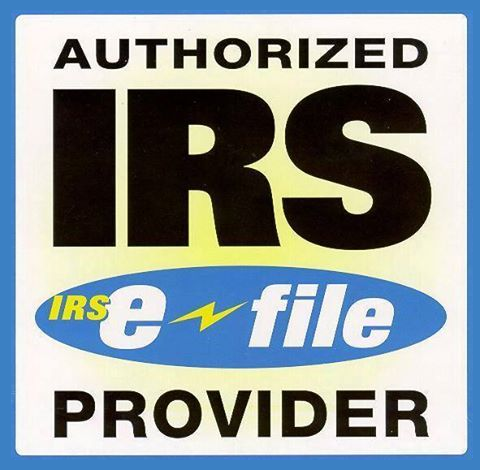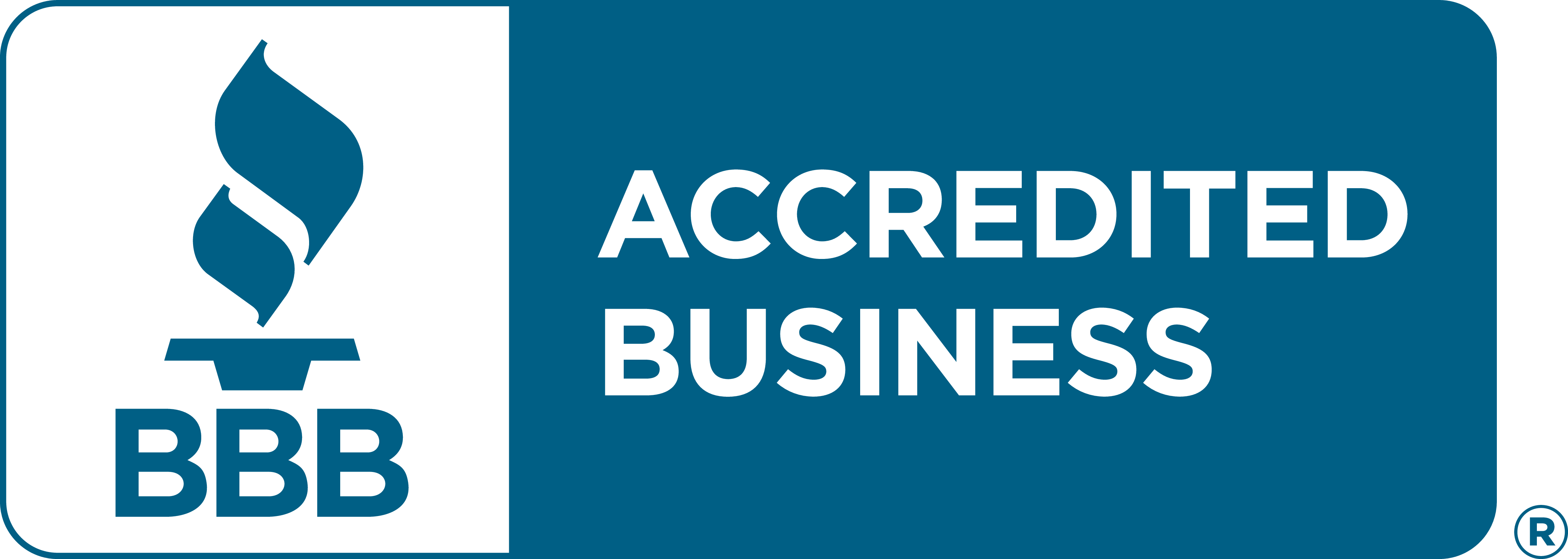FAQs - Form 4868
Here are some common questions you may have about Form 4868
When is the deadline to file Form 4868?
For the 2023 tax year, you will need to e-file Form 4868 by April 15, 2024. Make sure to file the extension form using TaxZerone within the due date to avoid penalties.
Filing Form 4868 will extend the filing deadline to October 15, 2024.
Do I need to file Form 4868?
If you cannot file your income tax return by the due date, you should file Form 4868 with the IRS. The extension form must be filed by the regular due date of the return.
What happens when you e-file Form 4868 with TaxZerone?
When you file extension Form 4868 with us, we will review your form for basic errors, before transmitting it to the IRS to ensure the return is error-free!
In addition, you will also get instant updates on your filing status.
Does filing Form 4868 extend the time to pay the tax amount due?
No. Filing Form 4868 only extends the time to file your income tax return and doesn't extend the time to pay your taxes.
If you don't pay the tax amount due by the regular due date, you'll owe interest and may even be subjected to penalties.
Who can file Form 4868?
A U.S. citizen or a resident of the United States who couldn't file their income tax return by the due date can apply for an extension using form 4868 to file Form 1040, 1040-SR, 1040-NR, 1040-PR, or 1040-SS.
Should I provide any explanation on why I'm filing for a 4868 extension?
No. The IRS doesn't require any explanation while you file for a 4868 extension, as long as you file and submit your tax return on time.
How do I know if the IRS accepted my extension form 4868?
When you file form 4868 with TaxZerone, you will be instantly updated about the filing status; whether your form got accepted or rejected by the IRS.
In case of rejection, you can correct the errors and retransmit it to the IRS with ZERO additional costs.
How to know if I'm qualified for a 4868 extension?
While you file the extension form 4868 to the IRS, make sure to provide the following information in the return
- Proper estimation of your 2023 tax liability
- Enter your total tax liability on line 4 of Form 4868, and
- File form 4868 by the regular due date of your tax return.
Once you have done the things mentioned above, you will be qualified for filing 4868 and will receive an automatic extension of 6 months to file your income tax return.
What should I do if the IRS rejects my 4868 extension form?
If the IRS rejects your transmitted return, you can correct and retransmit it free of cost through TaxZerone.
What information should I provide to fill out Form 4868?
Filling out Form 4868 is very simple and you will automatically get the extension if you properly file the form and transmit it to the IRS.
Form 4868 consists of II parts to complete
- Part I Identification: Provide your name, address, Social Security number, and, if applicable, your spouse's Social Security number.
- Part II Individual Income Tax: An estimate of total tax liability, after subtracting the total tax payments you already made for the year. If you expect to owe taxes, you need to pay the balance with the form. Also, check boxes 8 and 9 if you're an “out of the country” taxpayer and if you file Form 1040-NR and didn't receive wages as an employee subject to U.S. income tax withholding.
Form 4868 doesn't require a date or signature in it, and you don't have to give a reason for requesting an extension of time.
What to do if I am an “out-of-the-country” taxpayer filing Form 4868?
Óut-of-the-country taxpayers are U.S. citizens and residents living outside of the United States. If you are such one, you must check the box in line 8, Part II of your Form 4868. You will be provided an automatic 2-month extension of time to file your tax return and pay any tax amount that is due.


